The northern lights lit up the skies with bright pink hues on Thursday night. Photos of the dazzling natural phenomenon, also known as the aurora borealis, were captured across England.
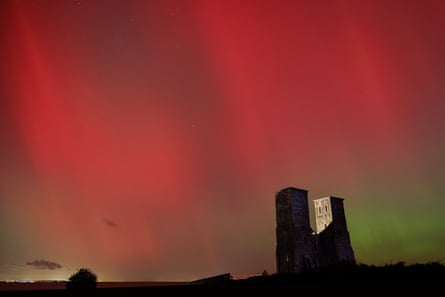
The lights could be seen as far south as London, Kent and East Anglia.
Farther north in Lancaster, Prof Jim Wild, 49, viewed the northern lights from his back garden. The academic, who researches the aurora and space weather at Lancaster University, said: “My research focuses on the physics of the connections between the sun and the Earth.
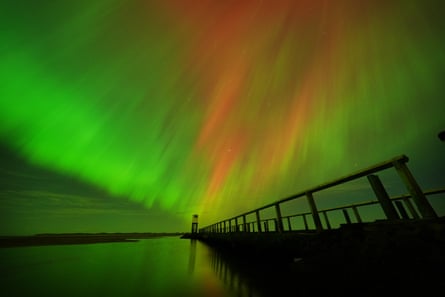
“Over the years I’ve been to the Arctic Circle several times to make measurements of the aurora, but it’s really special to see the northern lights from your back garden with your whole family.”
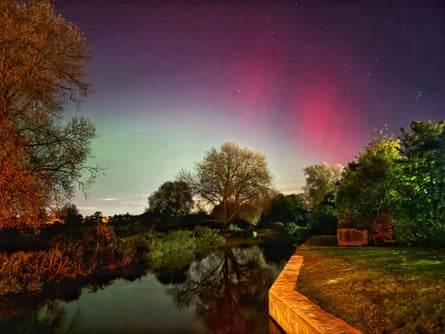
The Met Office said relatively clear skies were forecast for much of the UK, creating a “decent chance of visibility”.
A spokesperson for the forecaster said there had been “more space weather events in recent months”, including the northern lights, because the sun was nearing the peak of its solar cycle.
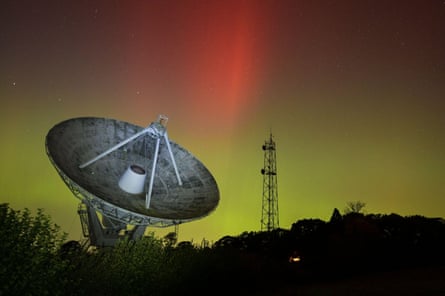
The auroras, which are most commonly seen over high polar latitudes but can spread south, are chiefly influenced by geomagnetic storms that originate from activity on the sun.
The sun has a cycle of about 11 years. Peak sunspot activity on the surface of the sun is referred to as solar maximum.
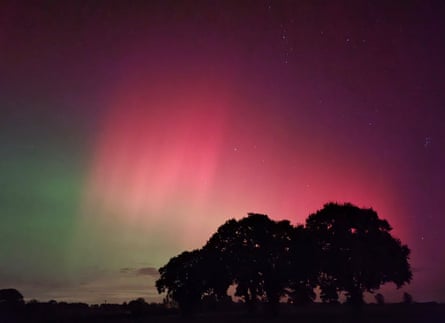
Sunspots give the potential for Earth-directed releases of large bursts of energy called coronal mass ejections, which can lead to aurora visibility.
Aurora displays occur when charged particles collide with gases in the Earth’s atmosphere around the magnetic poles. As they collide, light is emitted at various wavelengths, creating colourful displays in the sky.
Source: theguardian.com


















